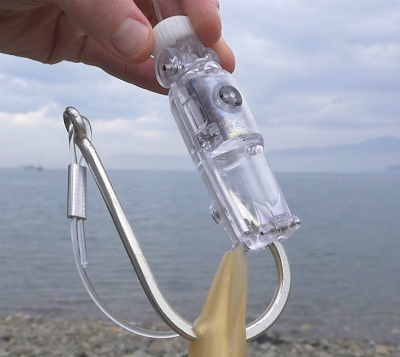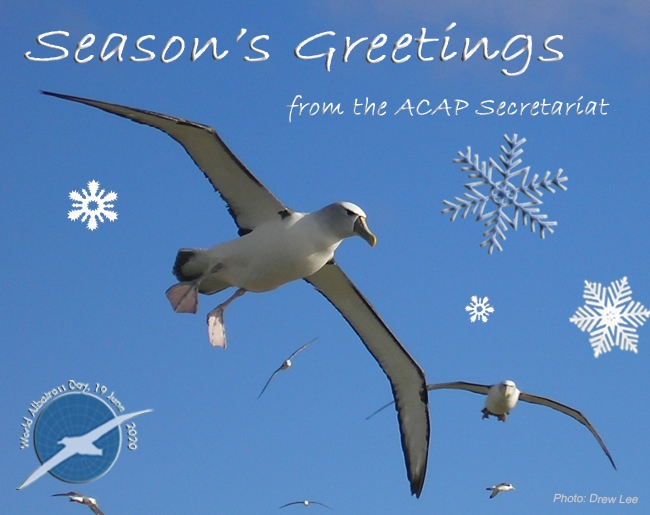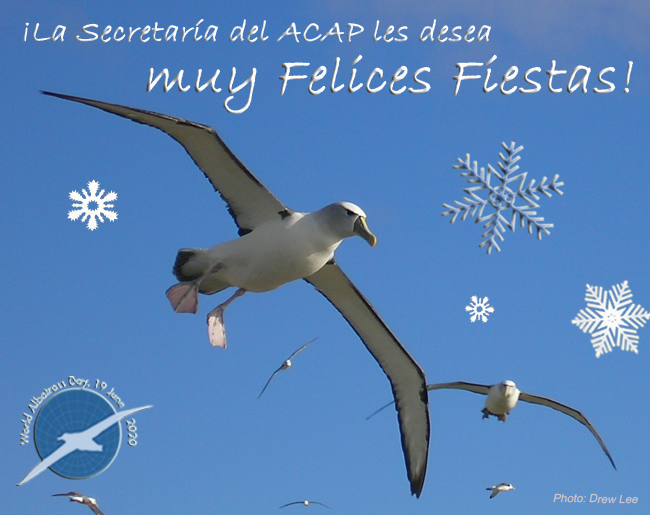This month satellite tags were attached to 20 Wandering Albatross Diomedea exulans chicks (globally Vulnerable) prior to their fledging from Bird Island in the South Atlantic according to a media release by the British Antarctic Survey. The birds have now commenced to fledge.

Wandering Albatross at sea, photograph by Kirk Zufelt
“Wandering Albatrosses at Bird Island have declined catastrophically since the 1960s due to incidental mortality (bycatch) in fisheries. Limited vessel-based monitoring shows two areas of particular high risk for wandering albatrosses: the Patagonian Shelf and the South Atlantic subtropical frontal zone. The risks are compounded by Illegal, Unreported and Unregulated (IUU) fishing – a large but unquantified threat in the oceans. The identification of areas and periods when birds of different ages and sexes are most susceptible to bycatch is crucial information for stakeholders and policy makers to improve regulations, target bycatch observer programmes and monitor compliance with recommended bycatch mitigation.
The overall objective of this project is to link habitat preference, at-sea activity patterns and detections from novel bird-borne radars to quantify interactions of tracked Wandering Albatrosses with legal and IUU fishing vessels. This will greatly improve on previous coarse-scale analyses of overlap with fishing effort to clearly identify areas and periods of highest susceptibility to bycatch for different life-history classes (age, sex, breeding status). This is an innovative project and has the potential to be a “game-changer” given the capacity for identifying IUU vessels from bird-borne radar, and the potential future extension of the approach to other species.”
Positions are updated three times a day on an online map (click here).
Read an earlier ALN post on the project here.
With thanks to Richard Phillips.
John Cooper, ACAP Information Officer, 27 December 2019

 English
English  Français
Français  Español
Español 










